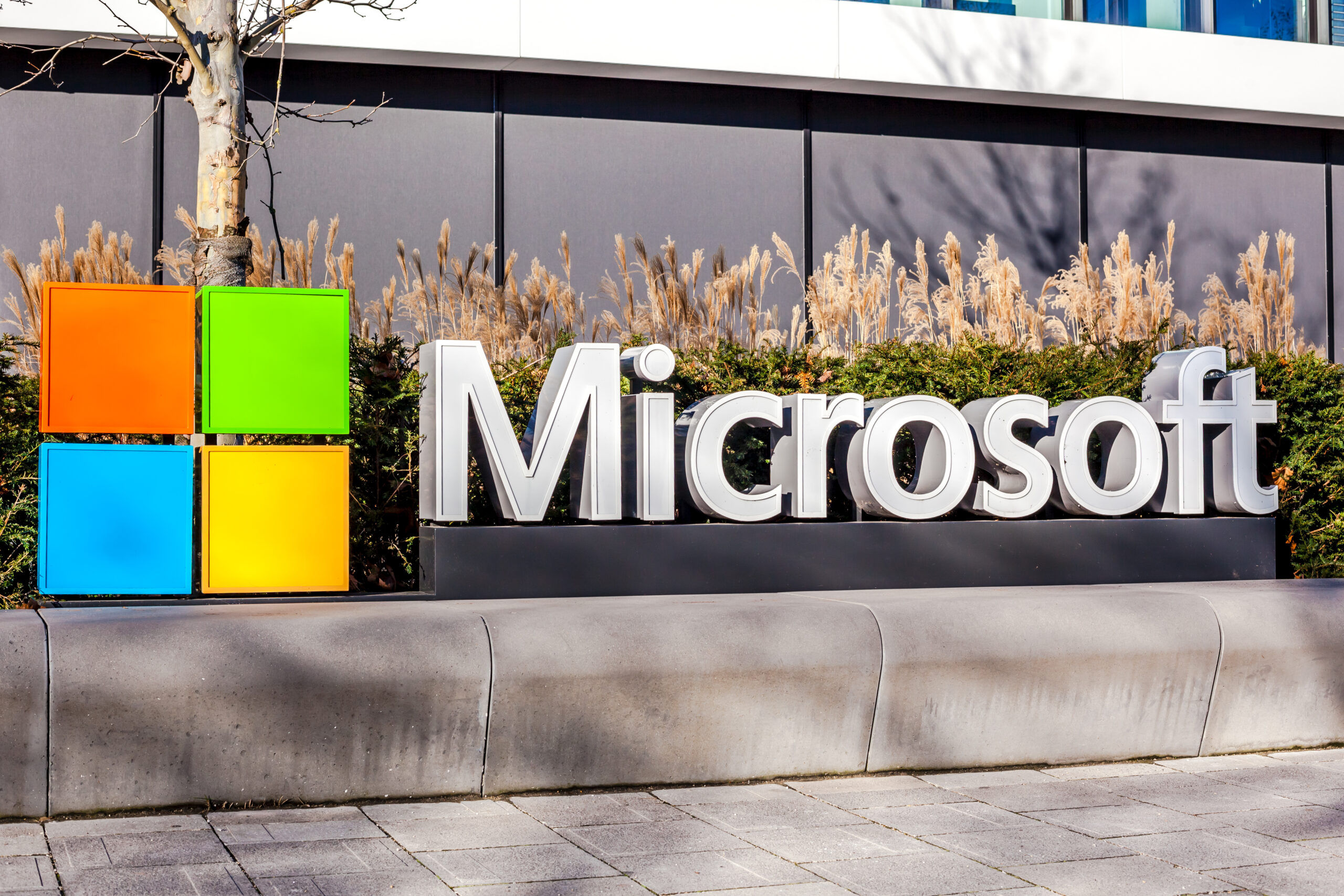There is always a constant battle against cybersecurity threats. Microsoft’s August 2024 security update brings this reality into sharp focus, addressing six actively exploited zero-day vulnerabilities. These critical flaws, impacting core products like Windows OS and Microsoft Office, pose significant risks to your organization’s digital infrastructure. With the potential for remote code execution, system compromise, and data theft, the urgency to implement these patches cannot be overstated. Microsoft’s swift action highlights the critical importance of maintaining a robust patch management strategy to safeguard your enterprise against evolving cyber threats.
Overview of the Six Zero-Day Vulnerabilities Patched by Microsoft

Critical Windows OS Vulnerabilities by Microsoft
- Microsoft’s August 2024 security update addresses three zero-day vulnerabilities affecting the Windows operating system. These flaws could allow attackers to elevate privileges, bypass security features, and execute arbitrary code with system-level permissions. IT administrators should prioritize patching these vulnerabilities to prevent potential system compromises and data breaches.
Microsoft Office Suite Exploits
- Two of the patched zero-days target the Microsoft Office suite, including Word and Excel. These vulnerabilities could enable malicious actors to craft specially designed documents that, when opened, execute remote code on the victim’s machine. Organizations heavily relying on Office applications should promptly apply the patches to mitigate risks associated with document-based attacks.
Exchange Server Vulnerability
- The sixth zero-day vulnerability impacts the Microsoft Exchange Server, a critical component for many businesses’ email infrastructure. This flaw could allow unauthenticated attackers to gain unauthorized access to sensitive information or potentially take control of the affected server. Given the widespread use of Exchange Server in corporate environments, addressing this vulnerability is crucial for maintaining email security and preventing data exfiltration.
By promptly patching these six zero-day vulnerabilities, organizations can significantly reduce their exposure to active threats and maintain a robust security posture against emerging cyber risks.
Which Microsoft Products are Impacted by the Zero-Days?
The August 2024 security update from Microsoft addresses critical vulnerabilities across several of its core products, highlighting the widespread impact of these zero-day exploits. Understanding which products are affected is crucial for IT administrators and businesses to prioritize their patching efforts effectively.
Windows Operating System
- The Windows OS, Microsoft’s flagship product, is one of the primary targets of these zero-day vulnerabilities. Multiple versions of Windows, including Windows 10, Windows 11, and Windows Server editions, are affected. These vulnerabilities could potentially allow attackers to gain elevated privileges or execute remote code on compromised systems.
Microsoft Office Suite
- Several components of the Microsoft Office suite are also impacted by these zero-day exploits. This includes popular applications such as Word, Excel, and PowerPoint. The vulnerabilities in these productivity tools could lead to data theft or system compromise if a user opens a maliciously crafted document.
Other Affected Products
Microsoft Edge browser
.NET Framework
Exchange Server
SharePoint Server
These zero-day vulnerabilities underscore the importance of promptly applying security updates across your entire Microsoft ecosystem. By addressing these critical flaws, you can significantly reduce the risk of potential cyberattacks and protect your organization’s sensitive data and infrastructure.
Microsoft Technical Details on the Vulnerabilities and Exploits
Nature of the Zero-Day Vulnerabilities
- The six zero-day vulnerabilities addressed in Microsoft’s August 2024 security update span across critical components of Windows OS and Microsoft Office. These flaws primarily consist of remote code execution (RCE) vulnerabilities, which allow attackers to run malicious code on targeted systems without user interaction. Additionally, some vulnerabilities involve privilege escalation, enabling attackers to gain higher-level permissions and potentially take full control of affected machines.
Exploitation Techniques
Cybercriminals have been actively exploiting these vulnerabilities through various attack vectors. Common techniques include:
Phishing emails with malicious attachments
Compromised websites hosting exploit kits
Man-in-the-middle attacks on unencrypted network traffic
Once exploited, these vulnerabilities can lead to data exfiltration, ransomware deployment, or the installation of persistent backdoors for long-term system compromise.
Impact on Enterprise Systems Using Microsoft
The widespread use of Microsoft products in enterprise environments makes these vulnerabilities particularly concerning. Unpatched systems are at risk of:
Unauthorized access to sensitive corporate data
Lateral movement within networks
Disruption of critical business operations
IT administrators must prioritize the deployment of these patches to mitigate the risk of potential breaches and maintain the integrity of their organization’s digital infrastructure.
Steps for Applying the August 2024 Security Update
Assess Your Environment
- Before applying the critical patch, evaluate your IT infrastructure. Identify all systems running affected Microsoft products, including Windows OS and Office applications. Prioritize mission-critical systems and those with high-value data. This assessment will help you create a targeted patching strategy.
Test the Update
- Always test security updates in a controlled environment before deploying them across your network. Set up a test group of systems that mirror your production environment. Apply the patch and monitor for any compatibility issues or unexpected behavior. This crucial step can prevent potential disruptions to your business operations.
Deploy the Patch
- Once testing is complete, roll out the update using your organization’s patch management system. Consider a phased approach, starting with less critical systems before moving to core infrastructure. Use automated tools to streamline the process and ensure comprehensive coverage. Monitor the deployment closely for any issues that may arise.
Verify and Follow Up
- After applying the patch, verify its successful installation on all targeted systems. Run vulnerability scans to confirm that the zero-day vulnerabilities have been addressed. Follow up on any systems that may have missed the update or encountered errors during installation. Maintain detailed logs of the patching process for future reference and compliance purposes.
FAQs on the Critical Microsoft Zero-Day Patch
What are zero-day vulnerabilities?
- Zero-day vulnerabilities are security flaws in software that are unknown to the vendor and actively exploited by attackers before a patch is available. In this case, Microsoft discovered six such vulnerabilities affecting their core products, including Windows and Office.
Why is this patch so critical?
- This patch is crucial because it addresses multiple actively exploited vulnerabilities. Without the update, systems remain exposed to potential remote code execution, system compromise, and data theft. The wide-ranging impact on core Microsoft products increases the urgency for immediate action.
How can organizations protect themselves?
To safeguard against these threats:
Apply the August 2024 security update immediately
Implement a robust patch management strategy
Use additional security measures like firewalls and antivirus software
Educate employees about cybersecurity best practices
What are the potential consequences of not patching?
Failing to apply this critical patch could lead to severe consequences, including:
Unauthorized access to sensitive data
System-wide compromise
Potential business disruption
Legal and regulatory compliance issues
Organizations should prioritize this update to mitigate these risks and maintain a strong security posture.
Summing It Up
As cyber threats continue to evolve, staying vigilant and up-to-date with security patches is crucial for protecting your organization’s digital assets. Microsoft’s August 2024 update addressing six zero-day vulnerabilities serves as a stark reminder of the ongoing battle against cybercriminals. By promptly applying these critical patches, you can significantly reduce your exposure to potential attacks and data breaches. Remember, a proactive approach to cybersecurity is your best defense. Prioritize regular system updates, educate your team on best practices, and maintain open communication with your IT department to ensure your organization remains resilient against emerging threats in today’s rapidly changing digital landscape.
More Stories
Qwen3: Alibaba’s Open-Source AI Pushes the Boundaries of Hybrid Reasoning
Alibaba’s open-source model, Qwen3, marks major progress in hybrid reasoning. This new model blends traditional AI with dynamic reasoning, creating a flexible and efficient tool for developers globally.
Pony.ai Accelerates Toward Profitability with Strategic Fleet Expansion and Cost Optimization
Pony.ai is making strategic moves to accelerate its path toward profitability. As you navigate the complexities of this cutting-edge industry, it is crucial to understand how this Chinese company positions itself for success.
CrowdStrike Elevates Cloud Defense with Real-Time AWS IAM Identity Center Threat Detection
As you navigate the complex landscape of cloud security, staying ahead of evolving threats is paramount. CrowdStrike’s latest enhancement to its Falcon Cloud Security platform introduces real-time threat detection for AWS IAM Identity Center, elevating your defense capabilities to new heights.
ASUS AiCloud Bug Exposes Home Networks to Remote Attacks
Are you aware that your home network could be at risk? A recently discovered vulnerability in ASUS AiCloud-enabled routers has sent shockwaves through the cybersecurity community. This critical flaw, identified as CVE-2025-2492, exposes your network to potential remote attacks, allowing unauthorized access to your devices.
J.P. Morgan’s AI Leap: Transforming Invoice Reconciliation in the Philippines
As you navigate the ever-evolving landscape of financial technology, J.P. Morgan's latest initiative in the Philippines demands your attention. This...
npm Malware Hijacks Crypto Transfers via Trojanized Wallet Files
A malicious npm package called “pdf-to-office” has been discovered that specifically attacks Atomic and Exodus wallets. This sophisticated malware injects code to silently redirect outgoing crypto transactions to attacker-controlled addresses.


